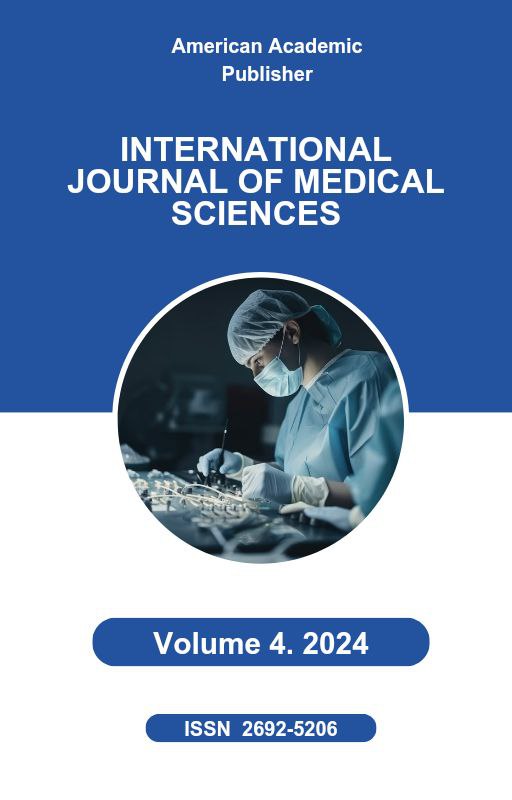 Articles
| Open Access |
https://doi.org/10.55640/
Articles
| Open Access |
https://doi.org/10.55640/
PREVENTION OF DRY EYE SYNDROME IN WOMEN OF CLIMACTERIC AGE
Nazirdzhanov Muradiljon Abdusaitovich, Murodov Murodjon Saidjon ugli , Central Asian Medical UniversityAbstract
Dry eye syndrome (DES) is a multifactorial ocular surface disorder that becomes increasingly prevalent among women during the climacteric period due to complex hormonal changes. Estrogen and androgen deficiencies associated with menopause affect the lacrimal and meibomian glands, leading to decreased tear production and instability of the tear film. As a result, affected women often experience symptoms such as ocular dryness, irritation, burning sensation, and visual fatigue, which can significantly impact daily activities and quality of life.
This study aims to investigate the primary causes and pathophysiological mechanisms of DES in climacteric women and to assess the effectiveness of various preventive strategies, including the use of artificial tears, nutritional supplements (e.g., omega-3 fatty acids), and hormone replacement therapy (HRT).
A total of 120 women aged 45 to 60 years were examined and divided into premenopausal, perimenopausal, and postmenopausal subgroups. Clinical tests, hormonal assessments, and patient-reported symptom questionnaires were used to evaluate tear function and ocular surface health.
The findings highlight a strong correlation between estrogen decline and the severity of DES symptoms. Preventive interventions demonstrated varying degrees of success, with the greatest improvement observed in patients who received early, individualized treatment.
The results of this study emphasize the need for increased awareness, timely screening, and comprehensive management of dry eye syndrome in menopausal women, which can ultimately reduce the burden of disease and improve their visual comfort and quality of life.
Keywords
Dry eye syndrome, menopause, prevention, hormone deficiency, ocular health
References
Schaumberg, D. A., Sullivan, D. A., Buring, J. E., & Dana, M. R. (2003). Prevalence of dry eye syndrome among US women. American Journal of Ophthalmology, 136(2), 318–326. https://doi.org/10.1016/S0002-9394(03)00218-6
Versura, P., & Campos, E. C. (2005). Menopause and dry eye. The American Journal of Ophthalmology Clinical Science, 2(4), 215–222.
Sullivan, D. A., Rocha, E. M., Aragona, P., et al. (2017). TFOS DEWS II Sex, Gender, and Hormones Report. Ocular Surface, 15(3), 284–333. https://doi.org/10.1016/j.jtos.2017.05.003
Lemp, M. A., & Baudouin, C. (2012). The definition and classification of dry eye disease: Report of the Definition and Classification Subcommittee of the International Dry Eye WorkShop. Ocular Surface, 5(2), 75–92.
Aragona, P., & Rolando, M. (2013). Towards a dynamic customized therapy for dry eye. British Journal of Ophthalmology, 97(8), 955–960. https://doi.org/10.1136/bjophthalmol-2012-302408
Article Statistics
Downloads
Copyright License

This work is licensed under a Creative Commons Attribution 4.0 International License.

